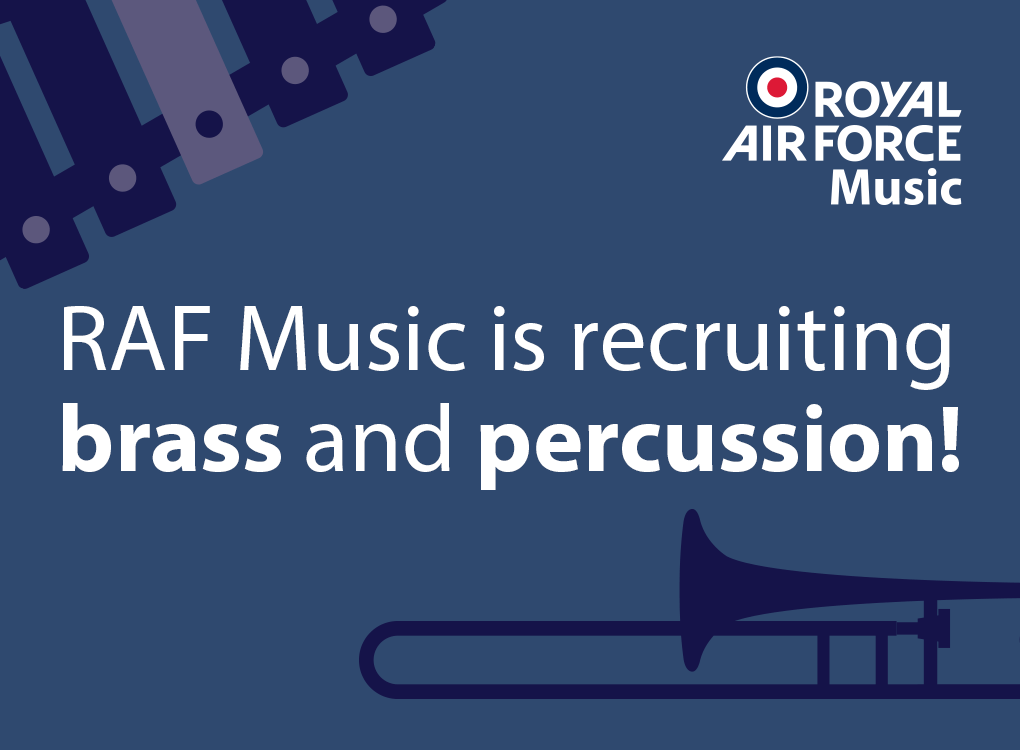A little piece of ornate brass band history was celebrated on the weekend in Wales — although not directly.
The small town of Aberdare, near Merthyr Tydfil hosted its 'Caradogfest' — a weekend festival that marked the 150th anniversary of the achievements of conductor Griffith Rhys Jones, who in 1872 took his 400 strong 'Cor Mawr' choir to London to win the first Crystal Palace Choral Competition.
Caradog
Born in 1834, and given the name Caradog at the Welsh National Eisteddfod, he is regarded as the musician who drastically changed the image of choral singing to the general public -combining raw passion with considered understanding and musicality.
Following the historic victory, in February 1873 the choir was presented with a trophy designed by architect S.J Nicholl and built by Cox & Sons of London in gold and silver in the mock gothic fashion of the day.
Costing over £1,000 (over £76,000 today) the ornate three part chalice consists of a central coronet supporting various shields on which were to be inscribed the names of its holders.
Two enamelled shields appear on the bowl, which represent the figures of King David and St. Cecilia. The rim is interpointed with circular mounted garnets and the bowl is supported on a stem pierced by tracery and set with semi-precious stones.
Both chalice and coronet stand on an 18-inch square platform surrounded by open tracery and enamelled scrolls on which are inscribed verses from the book of Psalms.
Each of the four corners has a niche in which are placed the silver figures of Guido Aretino, Palestrina, Handel and Mozart, representing music through the ages.
Second victory
Not content with a single victory, Caradog returned with his choir in 1873 and won the event again.
The trophy was brought back in triumph and displayed in the major towns of South Wales and returned to Aberdare where it was placed on public exhibition.
However, the contest itself was abolished in 1874 and the trophy was returned to the Crystal Palace Company where for the next 26 years it was held in storage.
Costing over £1,000 (over £76,000 today) the ornate three part chalice consists of a central coronet supporting various shields on which were to be inscribed the names of its holders4BR
National Championship
Eventually, it re-appeared in 1900 after some business dealing with the legendary John Henry Iles and was used as the trophy to be presented at the National Brass Band Championships of Great Britain.
Each of the small shields are therefore engraved with some of the most famous brass band names in the world — from Denton Original in 1900 to Foden's Motor Works in 1938.
At the outbreak of the Second World War it was held by London County Council and its successor the Greater London Council (rather forlornly at times) who eventually returned it on permanent loan in 1972 to the Welsh Museum of Life at St Fagan's near Cardiff where it proudly displayed to this day, accompanied an explanation of its heritage.
Running through July, 'Caradogfest' features exhibitions, talks and choral performances — with the weekend of the 15th & 16th seeing massed performances with accompaniment by the local Llwydcoed Band near to the statue of Caradog that stands proudly in the centre of the town.



















